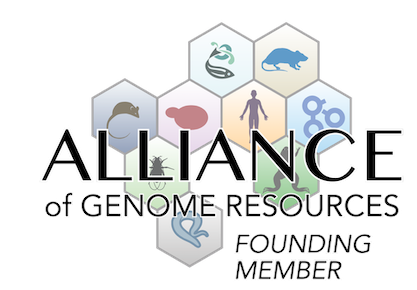mortality/aging
|
• mice die postnatally
|
growth/size/body
|
• growth retardation is seen at E18.5
|
cellular
|
• mice show cell-type specific ciliary abnormalities in chondrocytes, mouse embryonic fibroblasts (MEFs), and neocortical neurons, but not in epithelial cells or cerebellar granule cells
• decrease in the number of cells bearing primary cilium in the cerebral cortex, including the Tbr1-expressing cortical intermediate progenitors at E18.5
• chondrocytes show a 16.75% reduction in primary cilia length, although the change in prevalence of ciliation is not seen in E18.5 embryos
• MEFs exhibit unchanged primary cilia length but show a reduced ciliation frequency
• however, normal prevalence of ciliation is seen in Pax6-expressing granule cell precursors in the cerebellar anlage and in E-cadherin-expressing epithelial cells lining the dermal layer
|
craniofacial
|
• craniofacial anomalies are seen at E18.5
|
embryo
|
• E12.5 embryos have an aberrant posterior neural tube
|
limbs/digits/tail
|
• 85.7% prevalence of polysyndactyly is seen at E12.5
|
nervous system
|
• E12.5 embryos have an aberrant posterior neural tube
|
|
• embryos exhibit a range of brain anomalies, varying from mild to severe, at E18.5
|
|
• milder cases of brain anomalies include altered pattern of the cerebellar anlage at E18.5
|
|
• milder cases of brain anomalies display thinning and mis-patterning of the cerebral cortex
|
|
• milder cases of brain anomalies display thinning of the cerebral cortex
|
skeleton
|
• chondrocytes show a 16.75% reduction in primary cilia length, although the change in prevalence of ciliation is not seen in E18.5 embryos
|
vision/eye
|
• E12.5 embryos have missing or abnormal eyes
|
anophthalmia
(
J:371856
)
|
• some E12.5 embryos have missing eyes
|
Mouse Models of Human Disease |
DO ID | OMIM ID(s) | Ref(s) | |
| Carpenter syndrome 1 | DOID:0061098 |
OMIM:201000 |
J:371856 | |



 Analysis Tools
Analysis Tools